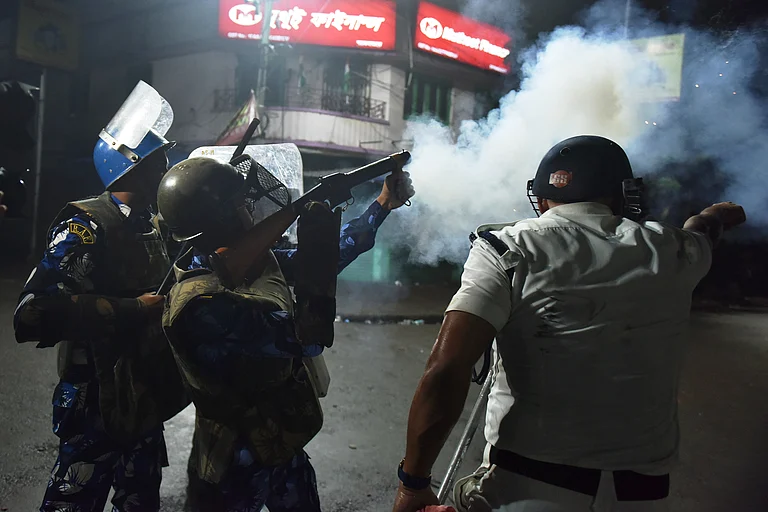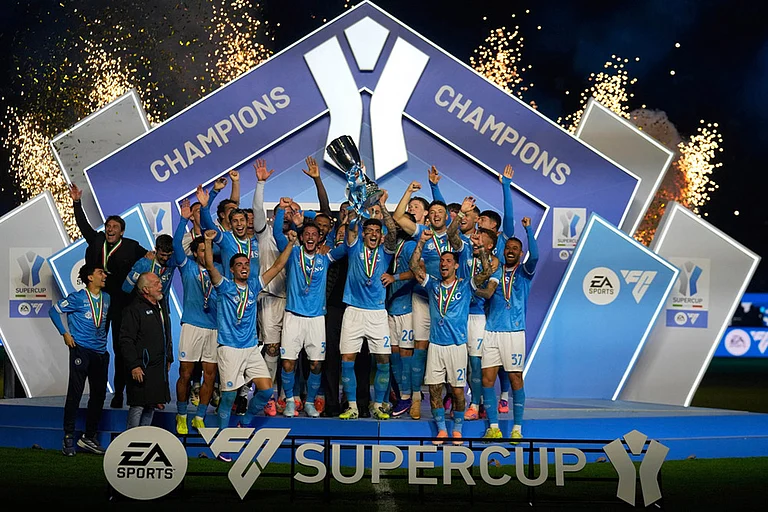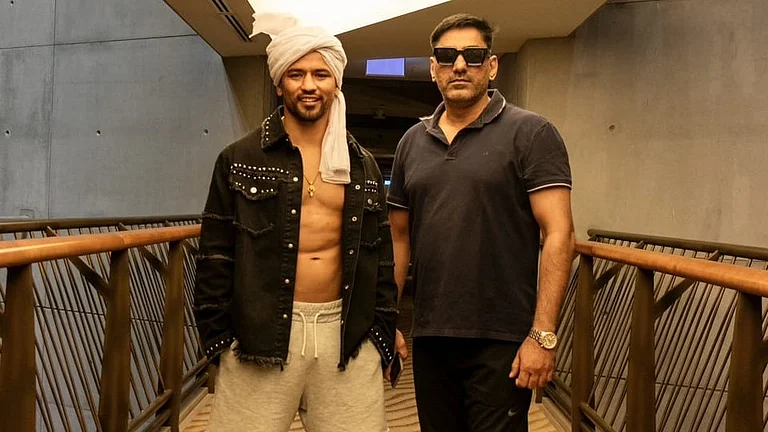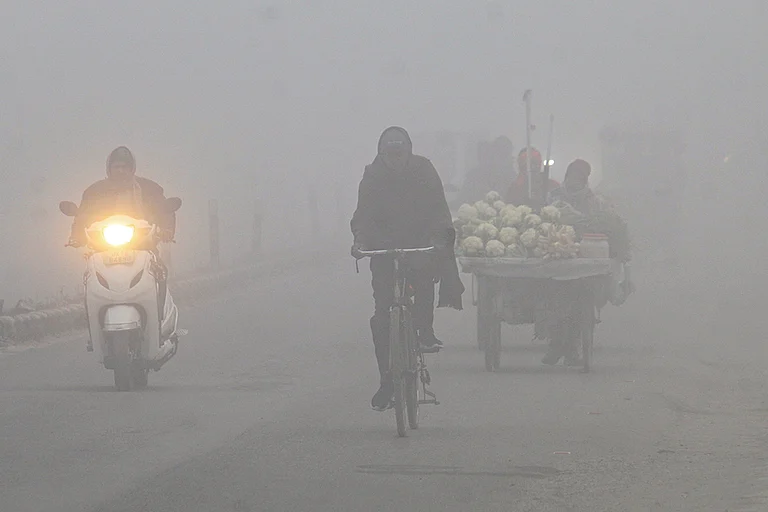“Jaar dol nei, taar bol nei”
(jiska koi dal nahi, uska koi bal nahi)
—Harichand Thakur
The Bengali Namasudra icon Harichand Thakur mobilised the Dalit population in Bengal in what is known as one of India’s earliest attempts to pave the way for a cultural renaissance among the Dalits. His kirtan was a way for these people to come together and form a collective identity.
One kirtan came to my mind today as I saw pictures of countless tribals who have come together as one to pray for the success of India’s first tribal woman who has won the presidency. What was stated a century ago by Harichand Thakur in his song proved to be the ultimate truth and the one thing required by society’s outcasts to make their presence felt — their unison.
A few days ago, the democracy of the nation was redefined when Droupadi Murmu of Mayurbhanj, a humble Santhal from Odisha, was named as the official nominee for the presidential election by the Bharatiya Janata Party. A new face of transforming and inclusive India. The intersectional identity she possessed as a tribal and a woman gave impetus to countless other young women like me to dream, to have a role model. She spoke to me, not only to me but to numerous other young Dalit girls, who were struggling in their teen years to look for a role model. And when it comes to our country, where the man is ever right, she stands for the dreams of every girl who has left her home, defied social barriers and strived to work towards her goal. We all now have a woman we can look up to and a woman we can aspire to be.
As a young Dalit woman, the last few days have been an emotional roller coaster ride for me. I have been following the news with several pictures doing the rounds. One picture was inspirational for which I penned my feelings and now another picture that’s going viral is intriguing and emotional. It resonated with me on a personal level. It showed tribal people in their traditional attire coming together and praying for the victory of their representative.
It can be said that the gathering of these people personified the phrase ‘One for all, all for one’ when Murmu Jee stood at the national forefront to be the First Citizen in a country where tribal women are most marginalised in the hierarchy of power dynamics, and numerous members from her community backed her.
The picture and everything that it stands for go much deeper than what meets the normative naked eye. It stands against a very deep-rooted inhibition that people in our country have had to face under other governments. It was disheartening to see people opposing her, stooping to the level of calling her a murti or accusing her of being a rubber stamp. It was the last nail in the coffin as she was a victim of the politics of representation, patriarchy, and belonging to the peripheral community.
The Left-liberals have always spoken about inclusivity through their rainbow-tinted glasses. Their definition of inclusivity always included just the educated elite, whether it be the elites from a posh and lush green area of the metropolitan or a Marx-reading-aristocratic elite. There has always been a lack of dignity from the Opposition when it comes to talking about us — the marginalised.
On the other hand, the party that has been accused of being majoritarian and exclusive for a single section of a community has yet again defied the geographic isolation of tribes and shown what true social cohesion is, the vision of Baba Saheb means and is capable of. These people had been used by the previous governments for their own selfish propaganda and then conveniently invisible from the discourse through cultural hegemony and spatial segregation.
This nomination does not only connect the marginalised directly with the government. It also brings a rich tribal culture to the forefront. It is living proof of Indian democracy maturing and deepening its roots to cater to every single community that needs help. This is the new India where voices are no longer submerged by the societal shackles of caste, class and gender. This is India that our Prime Minister Narendra Modi stands for with the sidelined portion of the populace is not only included but also celebrated. She has already shown her political acumen and her determination to work for the marginalised through her contributions to the CNT and Santhal Act.
The woman in the handloom, from a humble background, stands for all the forgotten names and identities of the various tribal communities in India. This nomination has attempted at abating the isolation — cultural, social, and spatial, that the tribals have faced for generations with the erasure of their existence.
The place that Droupadi Murmu holds is a safe harbour for tribal sentiments that were very clearly shown in the pictures. There is a long way to go in ensuring complete acceptance of the marginalised in our lives and our daily topics of conversation, but we also have come a very long way from what we were. Each strand of Droupadi’s Jee’s handloom saree represents and binds the dreams, hopes, aspirations, and stories of those many faceless men and women who came together to bestow upon her the blessings of their ancestors and their Gods to make her victorious and help India take another step towards writing history.












.jpg?auto=format%2Ccompress&fit=max&format=webp&w=376&dpr=2.0)








